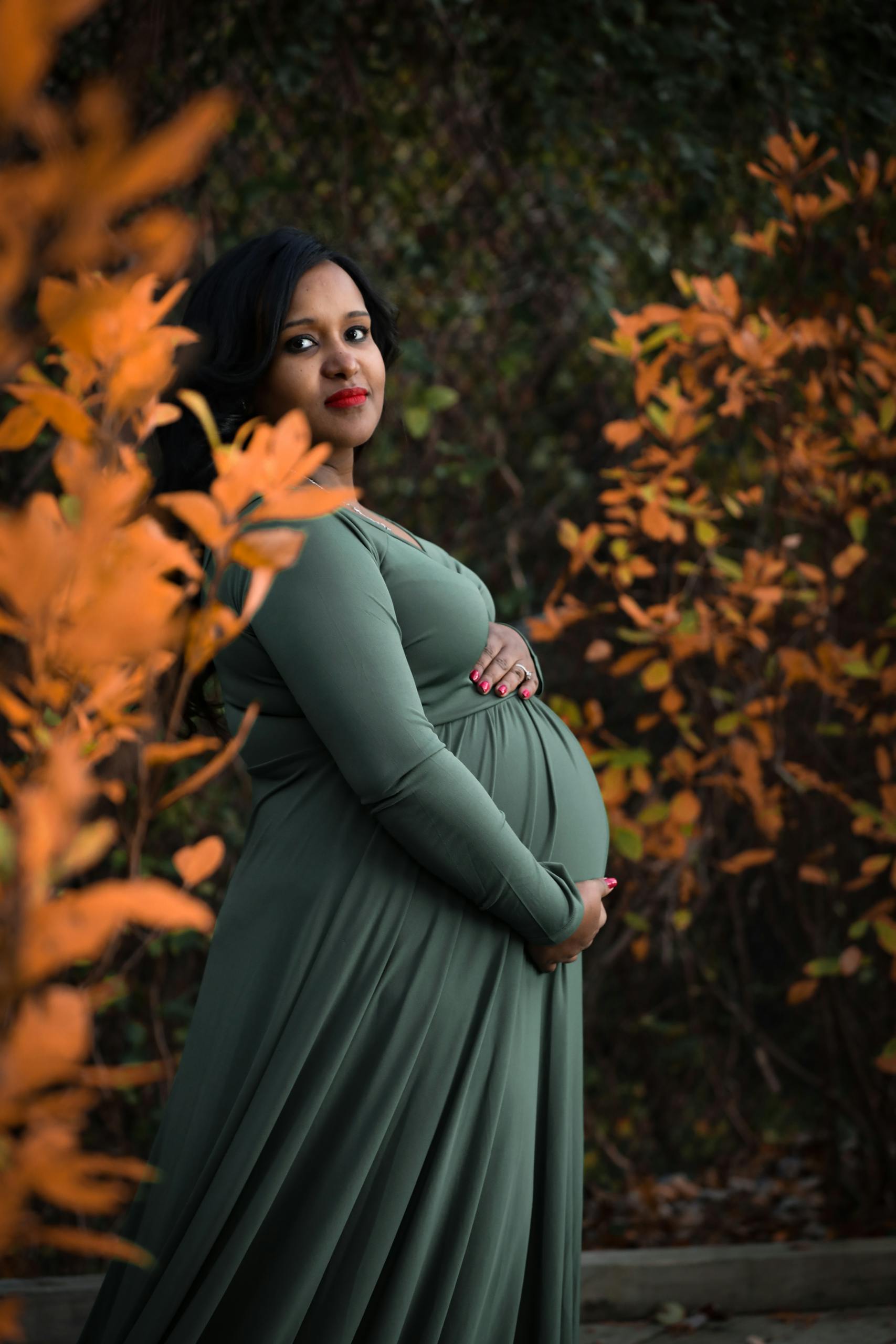Understanding Brow Lamination
Brow lamination is a popular beauty treatment that involves straightening and setting eyebrow hairs using specific chemicals. This helps in achieving that perfectly groomed, fuller look. However, the safety of this procedure during pregnancy is a topic of much debate and concern for expectant mothers.
- Chemical Exposure: The procedure uses chemicals such as perming solutions and neutralizers, which can be concerning during pregnancy due to potential skin sensitivity and the unknown effects on the fetus. While there’s no concrete evidence linking these chemicals to birth defects, the lack of extensive research warrants caution.
- Skin Sensitivity: Hormonal changes during pregnancy can significantly increase skin sensitivity, leading to unexpected reactions. This heightened sensitivity might make the skin more prone to irritation or allergic responses to the chemicals used in brow lamination.
- Altered Results: Hormonal fluctuations may also change hair growth patterns and texture, potentially affecting the intended results of the lamination. What works pre-pregnancy might not yield the same results during pregnancy, as noted by London Brow Company.
- Absorption Concerns: There’s also the question of how much of the chemicals used in the process might be absorbed through the skin and potentially reach the developing fetus. While the amount is likely minimal, it’s a factor that contributes to the overall caution advised during pregnancy.
Expert Recommendations
When considering brow lamination during pregnancy, expert opinions generally advise caution. Here’s what professionals in the field suggest:
- First Trimester Considerations: It is often recommended to avoid cosmetic procedures during the first trimester due to heightened sensitivity and critical fetal development stages. This is the period when the fetus is most vulnerable to external influences. The second trimester is generally considered safer, but still requires professional consultation.
- Consult a Healthcare Provider: Before any cosmetic procedure, it’s crucial to discuss with a healthcare provider to account for personal health factors and potential risks. Your doctor can provide personalized advice based on your medical history and current health status. As Nicky Lashes points out, this step is essential for ensuring your safety and that of your baby.
- Patch Tests and Ventilation: If you decide to proceed after consulting your healthcare provider, ensure the salon conducts a patch test at least 48 hours before the procedure. This can help identify any potential allergic reactions. Additionally, proper ventilation in the salon is crucial to minimize inhalation of fumes, which could potentially affect both you and your unborn child.
- Consider Timing: If possible, it might be advisable to postpone brow lamination until after pregnancy and breastfeeding. This eliminates any potential risks and allows you to enjoy the procedure without worry once your body has returned to its non-pregnant state.
Is It Safe to Proceed?
While there is no solid evidence linking brow lamination chemicals to pregnancy complications like miscarriage, caution is advised due to the lack of comprehensive studies on the subject:
- General Consensus: Despite the lack of direct evidence of harm, many experts recommend against brow lamination during pregnancy due to potential risks and skin reactions. The general approach is to err on the side of caution when it comes to cosmetic procedures during pregnancy, as noted by Fabulous Microblading.
- Safety Precautions: If you do decide to proceed, choose reputable salons that employ certified aestheticians, and ensure thorough safety measures are in place. This includes using pregnancy-safe products, maintaining a clean environment, and following all recommended safety protocols.
- Consider Alternatives: Alternatives like simple tinting or shaping that involve less chemical exposure might be preferable during this time. These methods can still enhance your brows without the potential risks associated with lamination. For more information on brow enhancement techniques, you can refer to our guide on how long brow lamination and tinting typically last.
- Individual Risk Assessment: Remember that every pregnancy is unique, and what might be safe for one person may not be for another. Factors such as your overall health, any pregnancy complications, and your personal comfort level with potential risks should all be considered.
Who Should Avoid Brow Lamination?
Not everyone is suitable for brow lamination, especially during pregnancy. Here are some groups who should be particularly cautious:
- Conditions of Sensitivity: Individuals with sensitive skin or a history of allergic reactions should avoid this treatment. Pregnancy can exacerbate skin sensitivity, making reactions more likely even if you’ve never experienced them before.
- Pregnancy and Nursing: Pregnant and nursing individuals are often advised to steer clear of lamination due to chemical exposure risks. The potential for chemicals to be absorbed through the skin or transferred through breast milk is a concern, as highlighted by Beautiful Brows and Lashes.
- Certain Medical Conditions: People with certain skin conditions, such as eczema or psoriasis, should be cautious about brow lamination, as the chemicals used might irritate these conditions.
- Recent Facial Procedures: If you’ve recently undergone other facial treatments or surgeries, it’s advisable to wait before getting brow lamination to avoid potential complications or interactions.
For those interested in the brow lamination procedure, understanding its full scope, potential risks, and maintenance is crucial. Check out our detailed guide on the brow lamination process to learn more about what the procedure entails and how to prepare for it safely.
